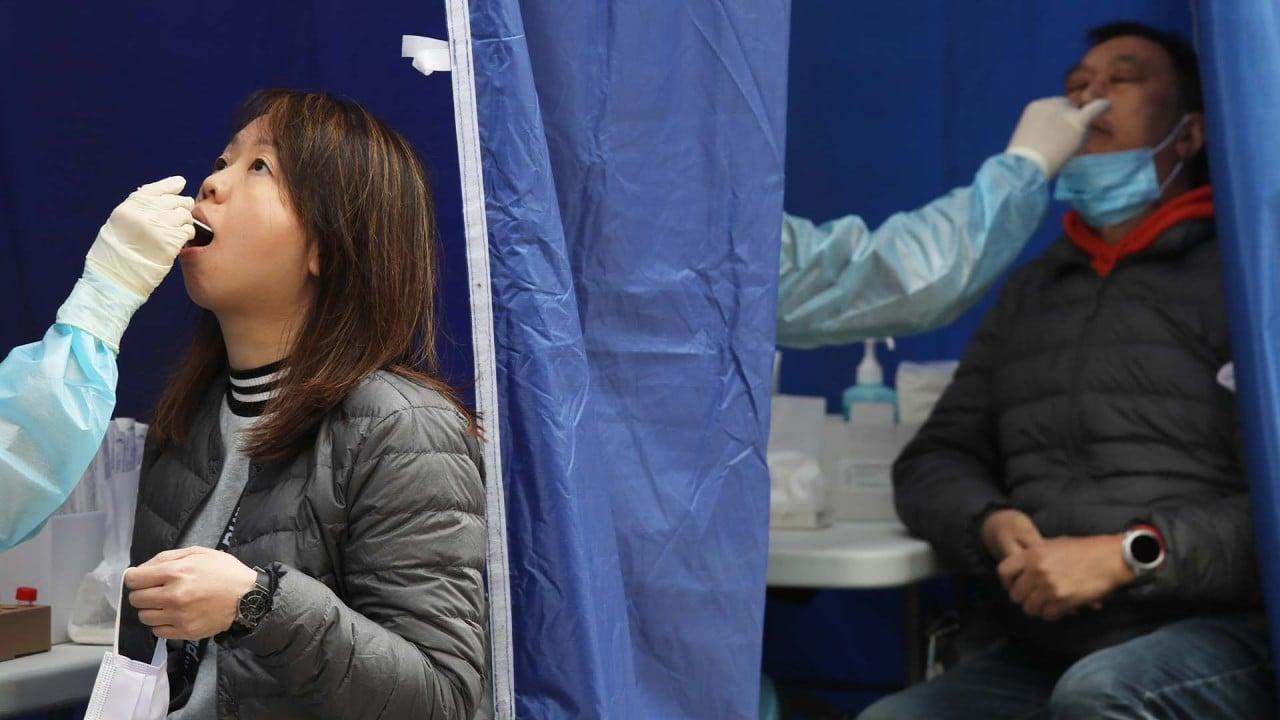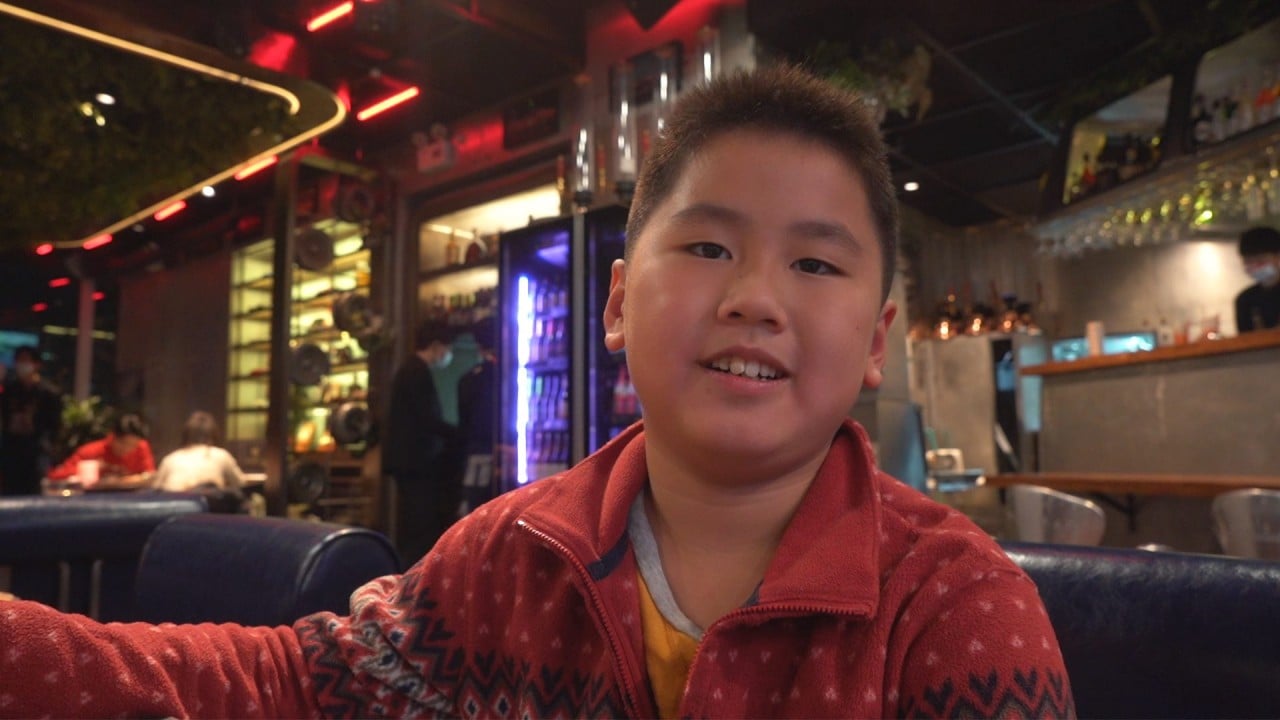
Some substitutions to the spike protein increase its ability to bind to the ACE2 – or angiotensin-converting enzyme 2 – receptor. Others help it to evade immunity from vaccination or previous infection.
The Omicron subvariants that have spread more efficiently got these substitutions from single mutations in a lineage – for instance, the emerging subvariant BQ.1.1 is a descendant of BA.5, which is spreading in southern China at present.
But XBB is different, according to the Japanese study. The subvariant – which is expected to become dominant in some countries such as the United States – “emerged as a recombinant lineage between the second generation Omicron variants”, lead author Professor Kei Sato, of the University of Tokyo, wrote in the paper.
For the study, the researchers traced the recombination event, analysing sequences of the subvariant in GISAID, a genomic database available to scientists around the world.
“Our phylogenetic analyses suggested that XBB emerged by recombination of two co-circulating BA.2 lineages, BJ.1 and BM.1.1.1 (a progeny of BA.2.75), during the summer of 2022 around India,” the paper said.
“Notably, the recombination breakpoint is located in the receptor-binding domain of spike, and each region of recombined spike conferred immune evasion and augmented fusogenicity to the XBB spike.”
The researchers also looked at XBB’s characteristics in hamsters – the subvariant’s transmissibility, immune resistance, infectivity, how well it fuses to host cells, and how pathogenic it is.
Their results suggest XBB is highly transmissible and resistant to immune response from being previously infected by other Omicron variants, according to the paper.
It comes as a leading researcher at Peking University has warned that XBB could cause the next big wave of infections in China.
Professor Cao Yunlong, from the university’s Biomedical Pioneering Innovation Centre, has been tracking coronavirus mutations and accurately predicted the emergence of new strains including Omicron. He was named by the journal Nature as one of 10 people who “helped shape science” this year.
He told state-run China News Service on Wednesday that BA.5.2 and BF.7 – both sublineages of Omicron BA.5 – were the two main strains spreading through China at present.
Cao said that after being infected with these strains, “the antibodies produced by the human body after rehabilitation have a lower neutralising capacity against the latest mutant strains such as XBB”.
“Besides, most people in China have been vaccinated with the ancestral strain vaccine, and the humoral immunity induced by it is hardly effective against the mutant strains of Omicron,” Cao said.
“It is predictable that after the BA.5.2 and BF.7 infection peaks in China have faded, there might be infection peaks driven by BQ.1.1, XBB or other strains with stronger immune escape capabilities.”



